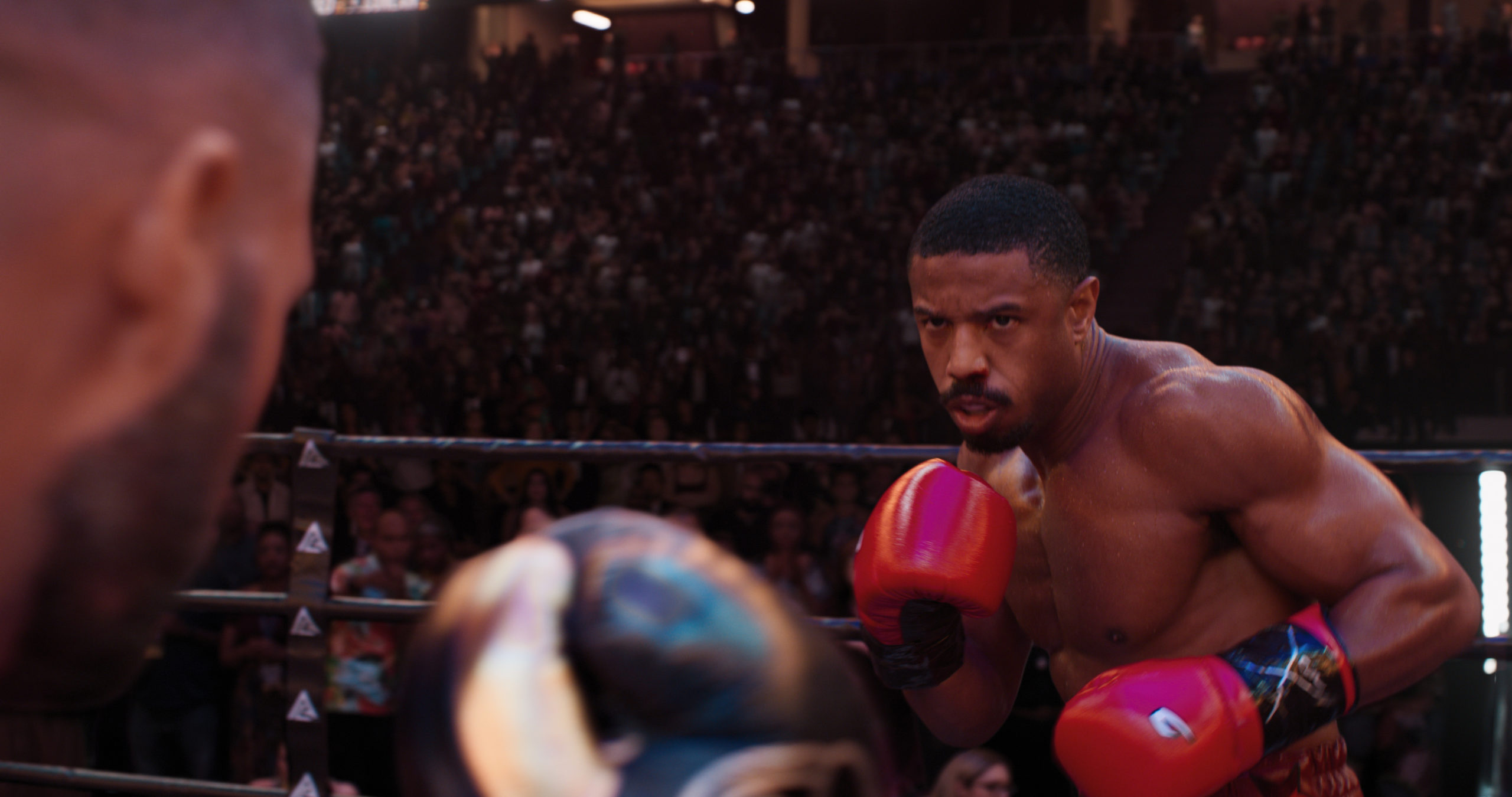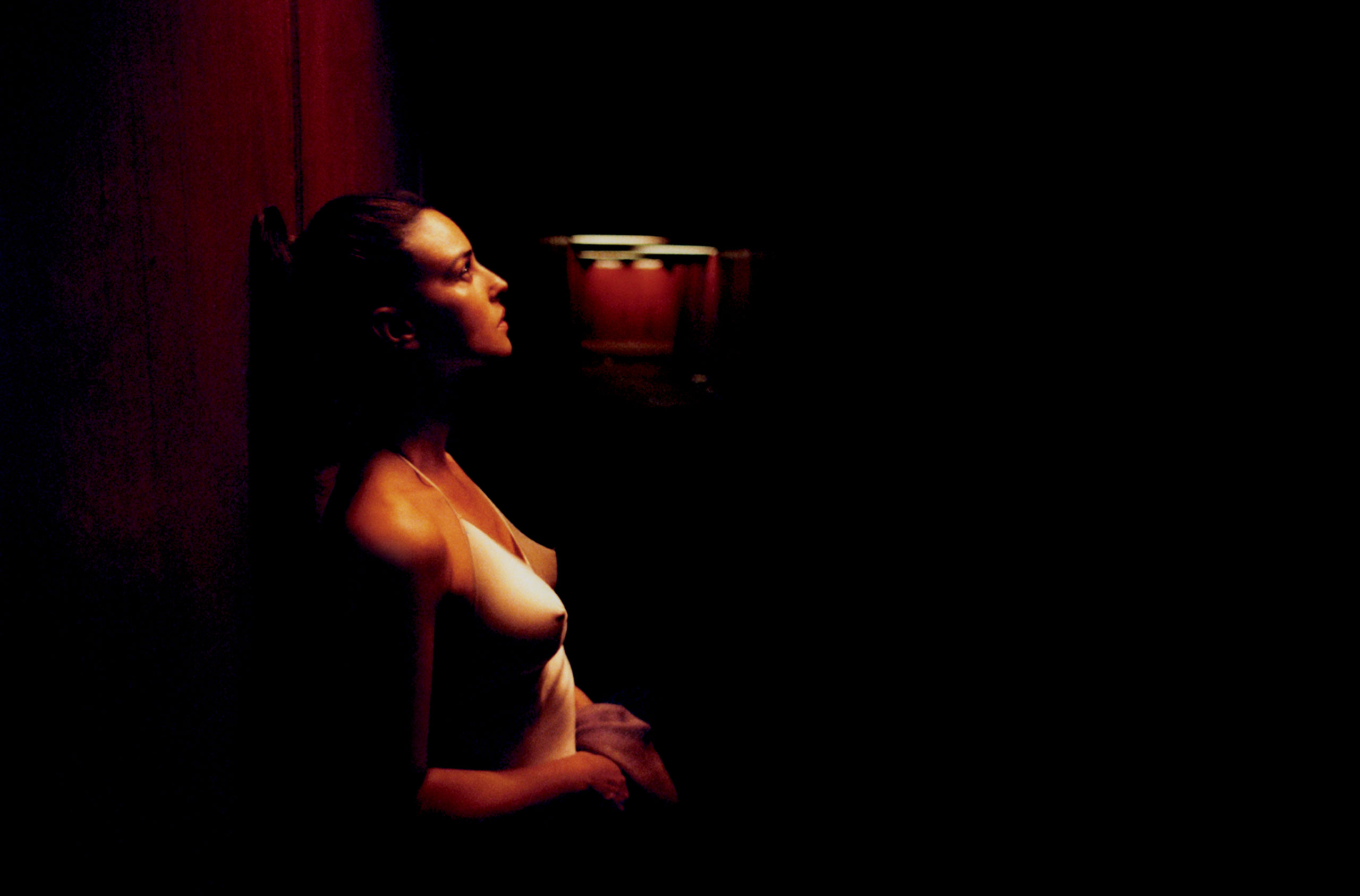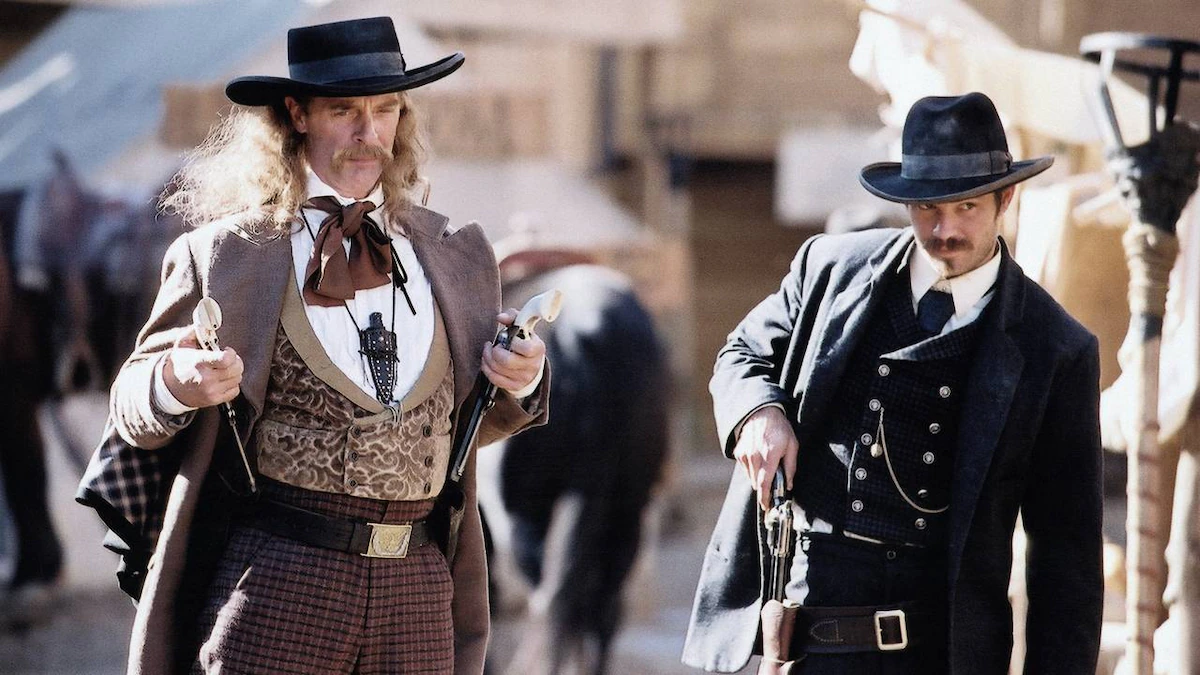
Sator is a unique, visual and auditory experience from Jordan Graham— who’s own difficult history with the project is as commendable and interesting as the film itself.
This article was originally published on February 5, 2021 on Within the Abyss.
When I sat down on a low-resolution Zoom call with Jordan Graham (director, writer, producer, editor, cinematographer, composer, casting director, production head, and many other titles) to discuss his newest release Sator, the singular question I was eager to ask was how? How did Graham find the strength to see his project to completion? A cursory glance into horror film history reveals dozens and dozens of DIY, low-budget success stories; Evil Dead (1981), The Blair Witch Project (1999), Saw (2004), and Halloween (1978), to name a few. But even as filmmaking continues to become more accessible with advances in technology, the less tangible, non-budgetary elements of art creation remain as psychologically taxing and physically draining as ever.
So, as I pressed play on my screener for Sator, knowing that it was a seven-year project done almost entirely by Graham himself, I was nervous on his behalf. And it’s due to the film’s weathered and difficult production that Sator is unsurprisingly an imperfect film. It’s marred by convoluted, inaccessible storytelling and slow pacing, its acting is uneven and its resolutions and revelations are confusing and often inadequate. But Sator is that rare release where its triumphs are far more valuable than its shortcomings. By default, all art is representative of effort on behalf of its creators, but Sator is undoubtedly special. My respect for the film’s gorgeous visual design, expertly crafted sound-work, and personal storytelling deepened exponentially as I interviewed Graham on the process of making Sator and we discussed the value of knowing one’s limitations.
Sator follows Adam, a traumatized and isolated man played reverently by Gabriel Nicholson, as he navigates the grief wrought upon him by a mysterious death in the family. Secluded in a desolate, consuming forest, Adam quickly learns that a malevolent presence by the name of Sator has been influencing, controlling, and claiming his family for generations. Rather bravely, Graham has been very public about how his family’s own history with mental illness has influenced the project. He’s gone as far as to incorporate real-life documentary footage of his late grandmother speaking to/with Sator. The result is a deeply unsettling and original horror mystery that tugs at the edges of our lived reality. Sator is an experience that constantly forces us to ask uncomfortable questions. How deeply does one believe in mythology? How does/can the unknown influence our reality? Are we in control?
Adam’s relative silence throughout his journey feels rational. His character is clearly struggling to comprehend the disassociation he’s enduring at the whim of Sator. Graham’s restrained use of dialogue lets the intricately layered sound design and professional visuals flourish. As an auditory and visual experience, Sator is leagues above similarly budgeted titles. From the crunching sound of forest leaves and the distinct dripping of candlewax, to the absorbing and haunting visuals of Adam’s human frame against both the dense vegetation and the eerie sky, Sator has atmosphere to bleed.
It’s no surprise then, to see comparisons of Sator with similar arthouse horror ventures such as The VVitch (2015) and Hereditary (2018). And though Sator is releasing years after these films have made their significant impact on the horror community, Graham revealed Sator was actually shot largely in 2016. To be exceedingly hyperbolic, this is analogous to different civilizations creating the bow and arrow at roughly the same time without ever consulting one-another. When Graham stated that he used The VVitch’s color palate as inspiration for Sator’s visuals, it shows yet again how interconnected Sator is with what’s special about arthouse horror. Graham also recounted how, years later in the production of Sator as it was nearing release, how the premiere of Ari Aster’s Heredity “terrified” him with its plot similarities. So, while it’s understandable to reflexively compare Sator’s atmosphere, visual presentation, and pacing with A24’s arthouse horror, its deeply important to know that Graham is not simply hopping on the bandwagon or plagiarizing, but that he’s a similarly inspired and original creator who’s project just took a little longer in the oven.
Throughout the interview, Graham is straightforward about the fragmentation that Sator endured during its lengthy development. Now, seven years later, it’s difficult for Graham to even recall what the original script was, let alone track the many, many revisions he made to it. Speaking of revisions, Graham revealed that almost the entirety of Adam’s (Michael Daniel) dialogue was drastically changed and re-recorded in post. Yet, due to Michael Daniel’s beard covering a majority of his mouth, no visual changes were made (lip readers beware). More than re-dubbing entire characters, Graham also revealed that aside from his grandmother’s audio, all other sounds in Sator were handcrafted by him. And it’s only now, as the project nears release, that he can jokingly mimic the exact humming noise a wayward buoy caused that plagued his audio recordings- of which all were done in a makeshift sound studio he built in his mother’s suburban backyard. Speaking of building, Graham also constructed the entirety of the cabin that Adam lives in from scratch. To say then, that Graham built Sator from the ground up, is not an exaggeration.
Importantly, all of this individual work wasn’t done with a repulsion to collaboration, but out of determined necessity. Early in the interview, Graham recounted his struggle to find adequate funding through kick starters and also in finding willing collaborators that respected his singular vision. When I asked Graham about his desire to do another solo project in the future, he answered with a jovial, but understandably harsh, “absolutely not.”
When Graham describes Sator’s creation as a “once in a lifetime process”, it’s easy to understand why. Listening to him discuss the film is almost akin to asking a lifelong friend about a difficult breakup; they spend lot of time lamenting on just how draining and difficult the process was, but they know that it was for the best because it forced them to grow and allowed them to move forward. This isn’t to say that Graham is trying to distance himself from the work he put into Sator, but that he’s simply eager for the future. When I asked how he felt about Sator finally coming to the public, he said, “With the release its more been about, how can I move forward? I’ve been at this for 7 years; I don’t want to stop filmmaking. Did I do enough?” When asked about future projects, he was eager to tease two scripts he was finalizing, that I desperately hope to see on the big screen.
Graham is expertly self-aware, “cautiously optimistic”, and clearly, a creator to keep your eye on. As we wrapped up the interview, I asked Graham if he could do the monumental, summarize his experience with the entirety of Sator in a closing fashion. Without a pause, he said, “it’s my calling card. I did everything myself, it’s very personal to me. I want people to see how much I care about this medium, that I have value within it— I grew a lot with this project, I wasn’t ready before, but now I can handle it, I’m hungry for it— give me a job, make my next film”. Here’s to truly hoping that someone does.
Sator premieres in the U.S. on Feb. 9th. It will be available on iTunes/AppleTV, Amazon, Google Play, and Microsoft.
















